Special Feature at the End 2
Watch Out for Your Child’s Accidental Ingestion!
巻末特集2 注意しよう!子どもの誤飲
Choking and Ingestion Prevention Scale
誤飲防止ルーラー
Scale for Preventing Accidental Ingestion/Choking
誤飲・窒息防止用スケール
If an object fits inside either of these two circles, it can fit into a baby’s mouth.
この2つの円形に入るものは赤ちゃんの口に入ります
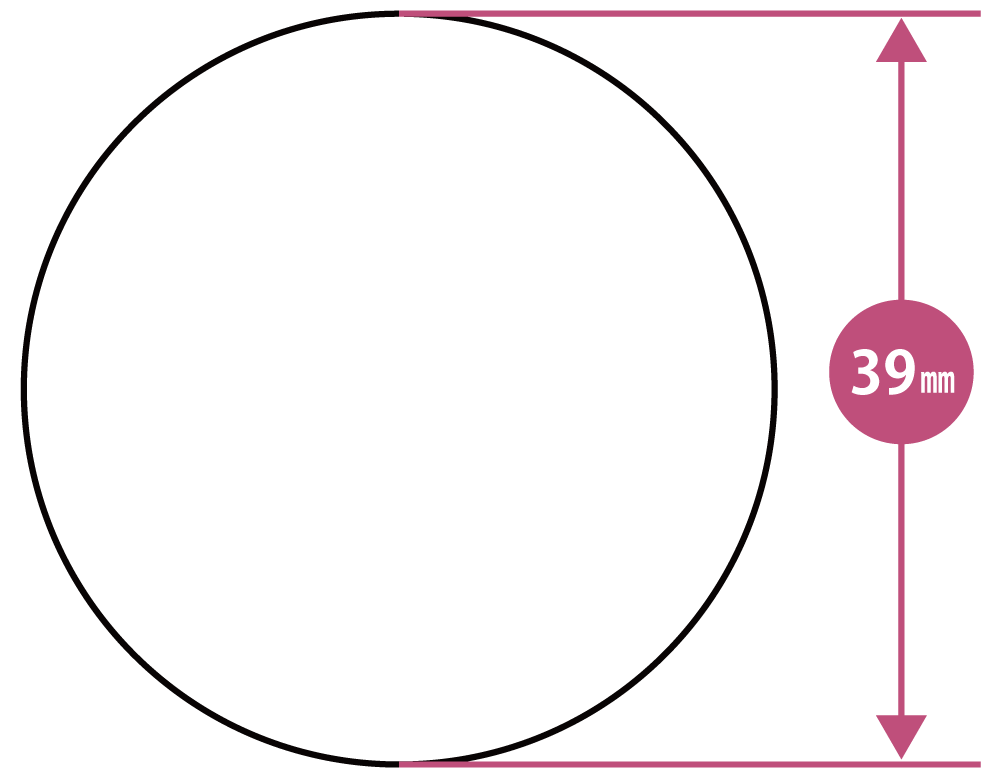
Maximum Mouth Opening of a 3-Year-Old
3歳児の最大口径
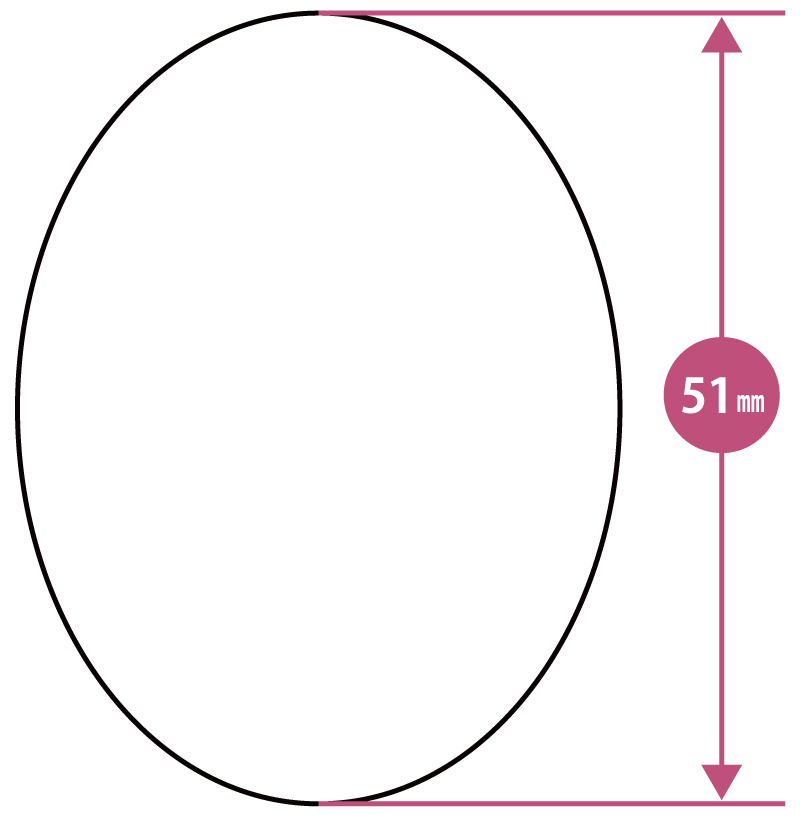
Distance from the Mouth to the Back of the Throat
3歳児の口から、のどの奥までの長さ
If something fits within these circles, a child could be at risk of swallowing or choking on it, so keep such items out of reach of babies and toddlers.
円形に入る物は、飲み込んだり、窒息する危険がありますので、赤ちゃんの手の届かないところに置きましょう。
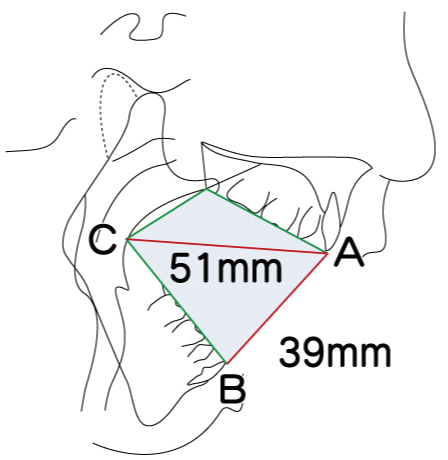
Mouth Opening of a 3-Year-Old
3歳児の口径
Around 5 months of age, infants start putting anything they can grab into their mouths. This scale shows both the maximum opening of a 3-year-old’s mouth and the distance to the back of the throat, helping to prevent choking or foreign objects from lodging there.
乳児は生後5か月を過ぎると手に触れた物をなんでも口に入れるようになります。このスケールは乳幼児の誤飲(咽頭異物・窒息)を未然に防ぐため、3歳児の口の最大口径とのどの奥までの長さを円形で示したものです。
©️Japan Family Planning Association (JFPA)
©️一般社団法人日本家族計画協会
When a three‑year‑old opens wide, the mouth’s maximum opening is about 39 mm, and the distance from the front teeth to the back of the throat is about 51 mm.
3歳のこどもが口を開けたときの最大口径は約39mm、前歯からのどの奥までは約51mmです。
Anything within those limits can be swallowed or cause choking. Long, thin objects—or items that can bend or fold to those dimensions—are just as hazardous (see diagrams below). Check in advance and keep such items out of children’s reach, at least one metre above the floor.
この中に入る大きさのものは飲み込んだり、窒息したりする危険があります。また、細長いものや折り曲げたり変形させたりすることでこのサイズに入ってしまうものも、誤飲したり窒息したりする可能性があります(下の図参照)。事前にチェックし、子どもの手が届かないよう、床から1m以上高いところに置くようにしましょう。
Figure 1 Danger Objects that fit completely inside
図1 危険 すっぽり隠れる物体
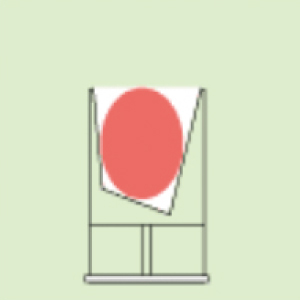
It can enter the mouth and be swallowed, posing a choking risk. Examples: coins, buttons, rings, bouncy balls, magnets, nuts, candies.
これは口の中に入り、飲み込む危険があります。また、窒息する可能性もあります。(コイン、ボタン、指輪、スーパーボール、マグネット、ナッツ、キャンディーなど)
Figure 2 Danger Long, thin objects
図2 危険 細長い物体
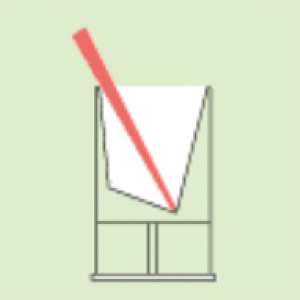
Items longer than 51 mm (such as skewers or chopsticks) cannot be swallowed whole, but with a diameter under 39 mm they can still enter the mouth and may cut or pierce it.
串や箸のように長さが51mm以上あるものは飲み込めませんが、太さが39mm以下ですから口に入ります。口腔内を傷つけたたり刺したりしますので危険です。
Figure 3 Danger Bendable objects
図3 危険 折り曲がる物体
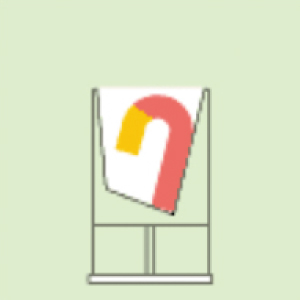
Even if longer than 51 mm, anything that can be rolled or folded to fit inside the checker can enter the mouth and is dangerous. Examples: cigarettes, soft rubber items, foil, springs.
長さが51mm以上でも丸めたり折れたりするとチェッカーの中に隠れてしまうものは口の中に入り危険です。(タバコ、柔らかいゴム製品、銀紙、ばね類など)
Figure 4 Safe Objects that do not fit
図4 安全 入らない物体
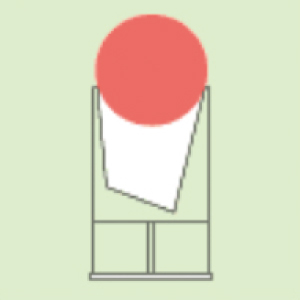
A ball with a diameter greater than 39 mm will not fit into the checker and therefore cannot be put into the mouth.
この球は直径が39mm以上あり、チェッカーの中に入りませんので口に入る危険がありません。
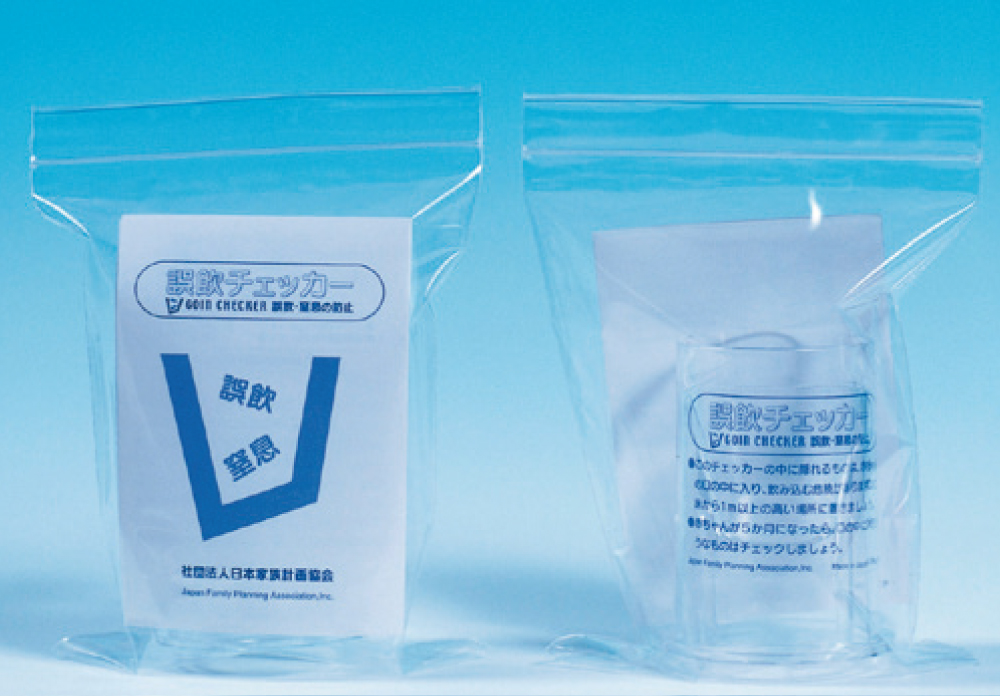
The Choking and Ingestion Prevention Scale (JFPA) lets you test whether a child could swallow a particular item.
誤飲チェッカー(日本家族計画協会)を使うと、子どもが誤飲するかどうか確かめることができます。
Available from the JFPA online shop.
JFPAオンラインショップでご購入いただけます
(Supervision: Dr Tatsuhiro Yamanaka, Hospital Director, Ryokuen Child Clinic)
(監修:緑園こどもクリニック院長 山中龍宏)
